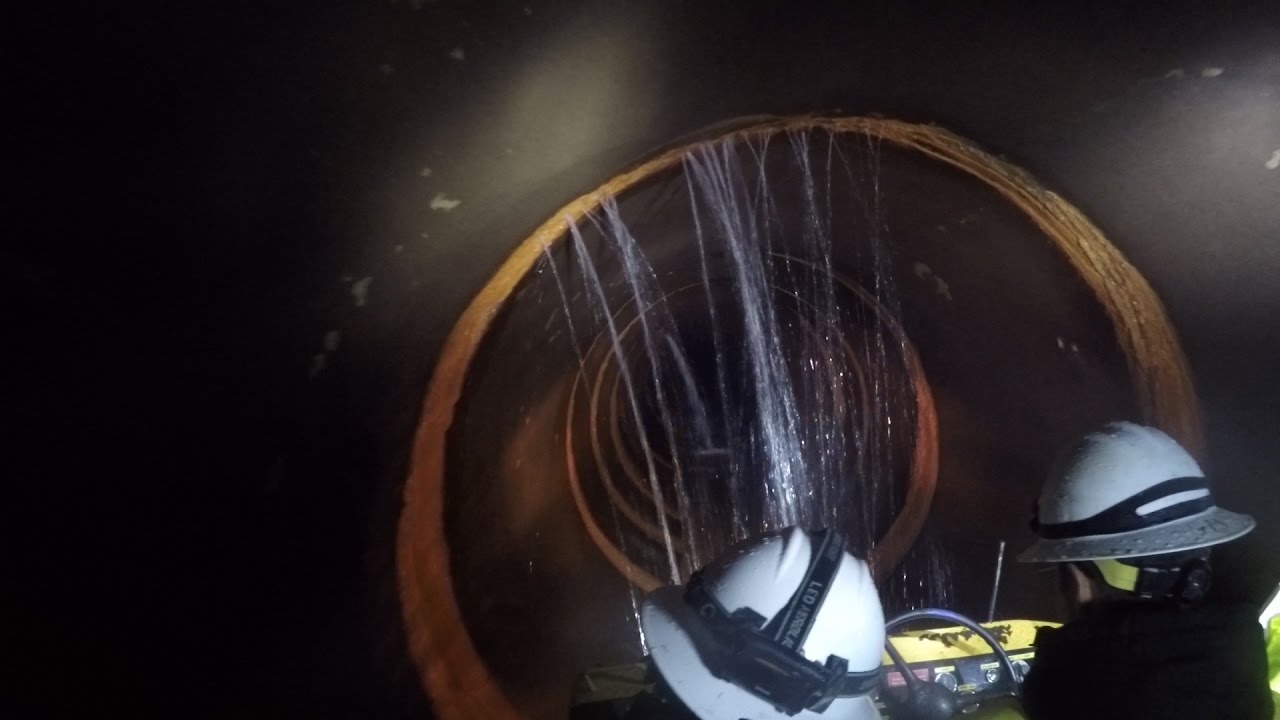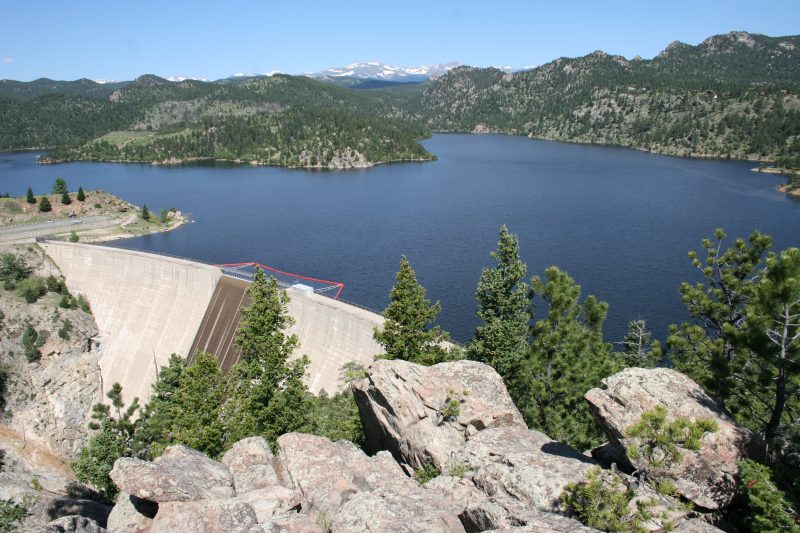
Denver Water’s orchestra: System maintenance means creative conducting
Moving water around for Denver Water customers is a bit like conducting an orchestra that is missing players: On any given day you may be without your strings, or your woodwinds, maybe your brass or even percussion section.
But you still must give people the music they expect.
With 29 tunnels, 12 major reservoirs, 20 dams, more than 85 miles of canals, four treatment plants, 23 pumping stations — we could go on — there’s a lot to maintain.
When one or two pieces of that infrastructure go offline for repairs or upgrades, Denver Water relies on the ingenuity of its people to juggle the system so 1.5 million people get the clean water they need and expect without missing a beat.
One of the trickier supply dances begins this month.
Denver Water has temporarily shut down one of its most important assets — the Roberts Tunnel — for a series of repairs inside the 23-mile long liquid expressway that moves water from Dillon Reservoir under the Continental Divide to the Front Range.
Closing the tunnel for two months or more will create a series of ripple effects across Denver Water’s sprawling collection system.
Most notably, flows in the North Fork of the South Platte River will drop dramatically. In turn, flows in the mainstem of the South Platte, below Cheesman Reservoir will soar, as managers turn to those supplies to keep water flowing dependably.
“Tunnel outages are rare and need to be planned carefully,” said Nathan Elder, manager of water supply at Denver Water. “We have to look at all kinds of operational adjustments and other variables to ensure that turning off one of our key pieces still allows for us to move water using other assets.”
The planning is meticulous and takes numerous factors into consideration.
For example: The tunnel shutdown will simultaneously allow for important upgrades to the hydropower facility on the east end of Roberts Tunnel that converts the energy of water moving through the tunnel into electricity.
Supply managers also have to move water around the system weeks or months ahead of time to prepare.
In this case, they made changes on the South Platte system, including topping off Cheesman Reservoir before the project began, so water can be sent downstream from this location to Strontia Springs Reservoir and into the metro area while the tunnel is shut down.
Watch this video from 2015 to follow the South Platte River's journey to Denver:
“It’s a challenge. As we try to maintain good storage on the north end of our system, we have to rely solely on Cheesman for that late-August through October period,” Elder said. “We’ve had to move water around in the South Platte to stage all this, and Cheesman is nearly full in anticipation of the project.”
The moves also affect Dillon Reservoir, the source of the water that comes through the Roberts Tunnel.
That reservoir is already about 94 percent full, and — with the door closed on the tunnel — could fill the rest of the way should the region receive any late-summer rain. That’s good news for boaters and marinas who could enjoy higher-than-typical water levels late into the summer.
The moves also affect recreation on the North Fork of the South Platte, where flows will plummet, affecting anglers, kayakers and tubers. But kayakers, if so inclined, can take their sport to the mainstem, where flows will be rising as more water comes out of Cheesman.
“Kayakers on the North Fork have had an amazing summer, as we’ve moved water through the tunnel at higher rates in anticipation of closing it off,” Elder said. “It’s been a sweet spot for those groups all summer long.”
Those big flows will now come to the main stem, rising from about 75 cubic feet per second — where they’ve been most of the summer — to 350 cfs currently and perhaps as high as 500 to 600 cfs as operations shift.
And, wait. Things can get even more complicated.
Denver Water is also working on a flume replacement project at Eleven Mile Reservoir. That’s Denver Water’s second-largest storage vessel, and it’s upstream of Cheesman. That flume work will require reducing water flows coming out of Eleven Mile for several months — one more reason planners were focused on filling Cheesman this summer.
Finally, the work provides another key reason Denver Water is working to expand Gross Reservoir on the north end of its system.
The expansion will triple that reservoir’s capacity, allowing far more flexibility in the system.
As it stands now, Denver Water needs to maintain storage levels in Gross so the utility is reducing its use of that source of water. That puts higher demand on treatment and pumping systems on the south end of its distribution structure.
“When we can store greater volumes in Gross, it will take some of the pressure off of the Roberts Tunnel and the South Platte, as well as treatment and pumping systems on the south side of our system,” said Jeff Martin, the project manager for the Gross expansion.
“Having more water on the north side gives us more elbow room operationally. Taking part of the system down for necessary repairs or upgrades won’t put as much demand on the rest of our assets, particularly in times of drought or should we have a natural disaster, such as a major wildfire, within our collection area.”



